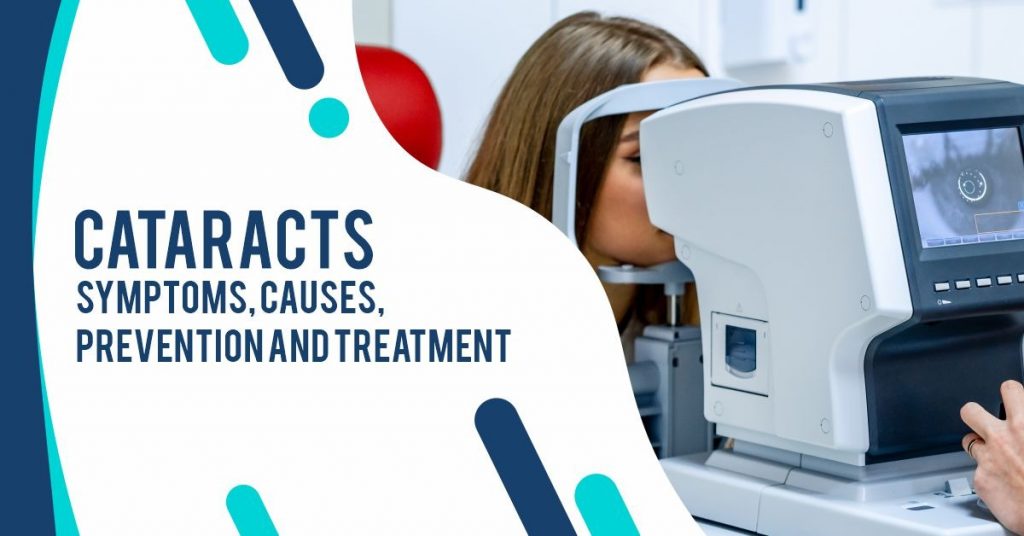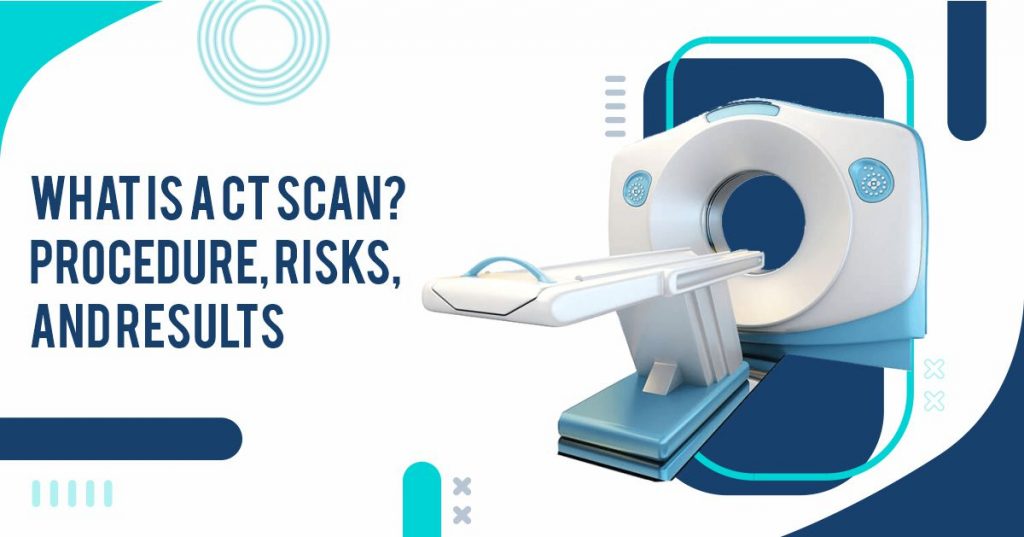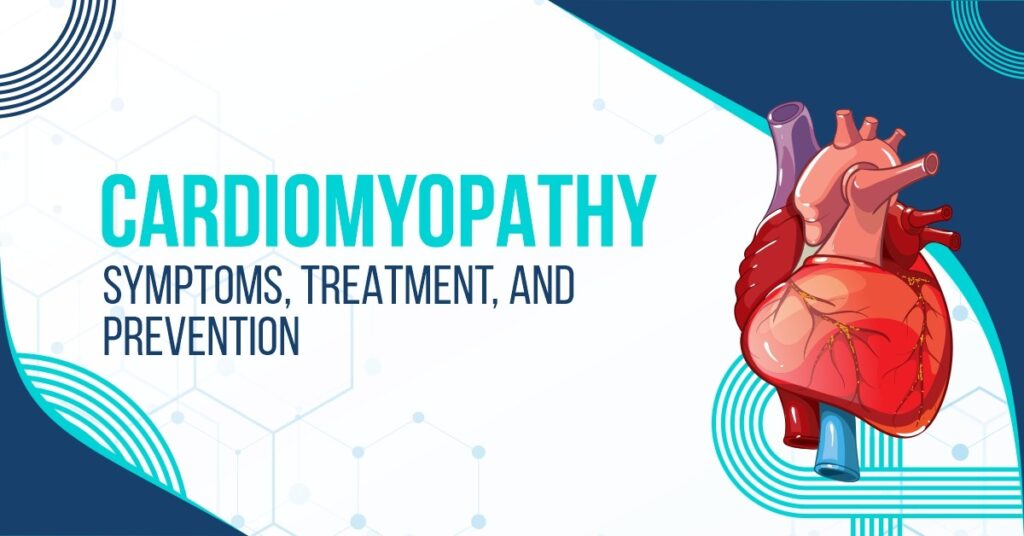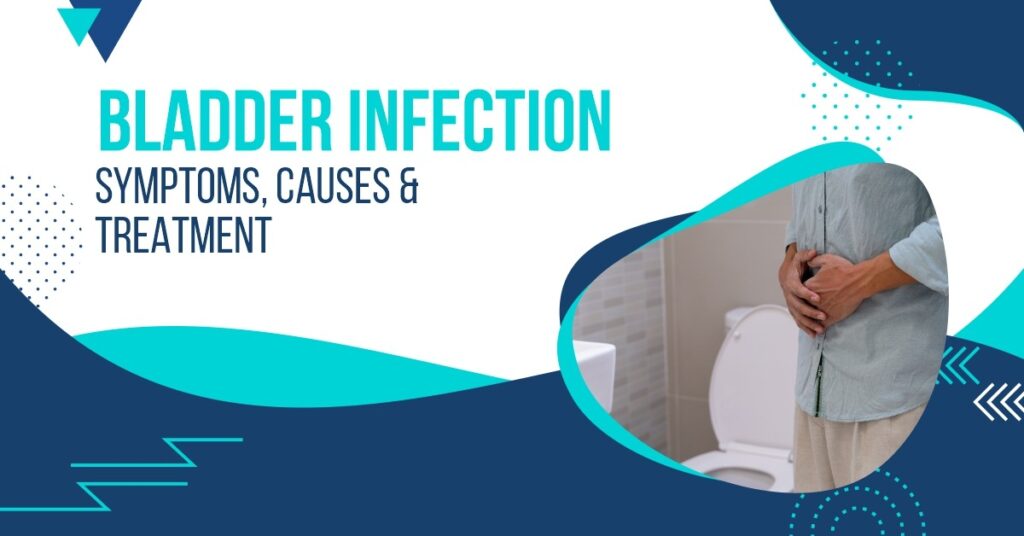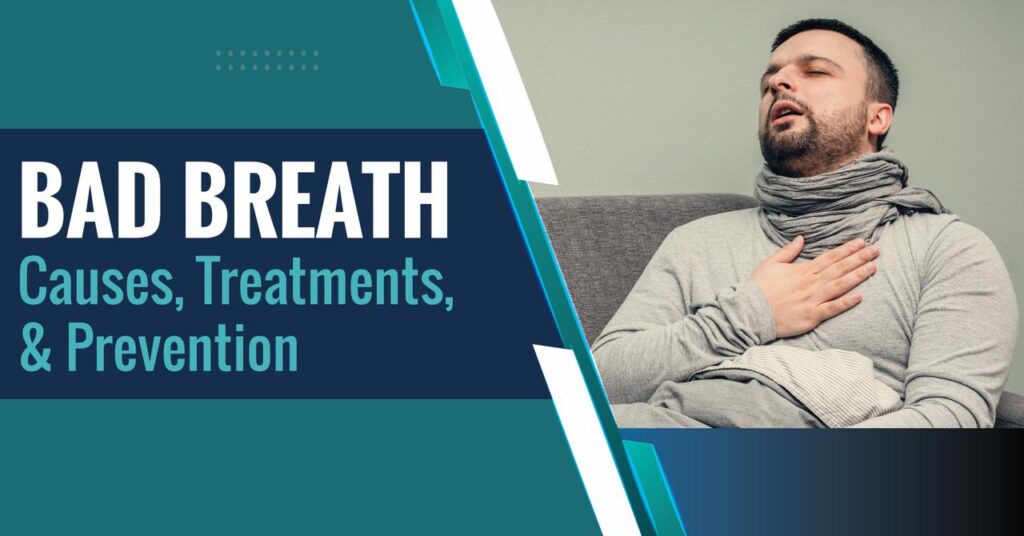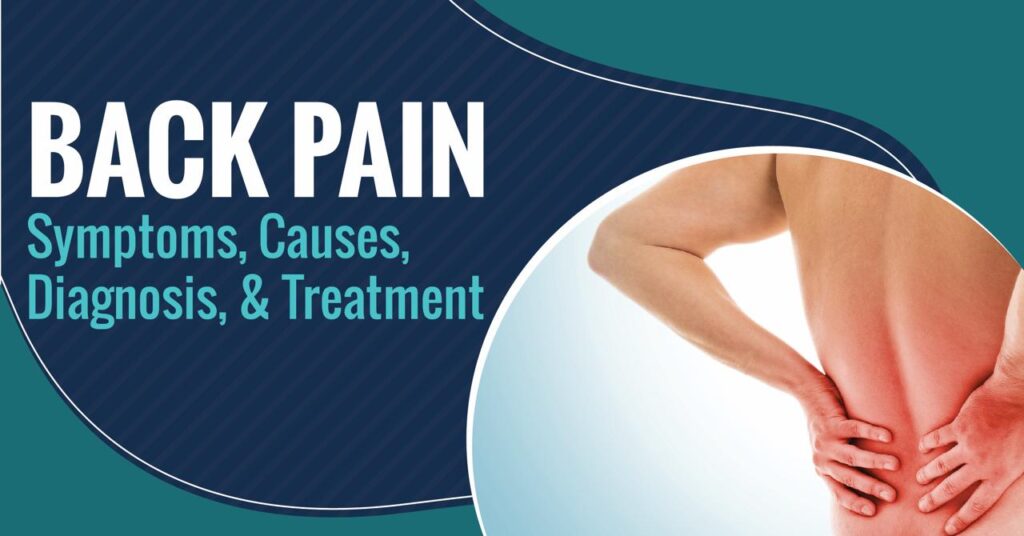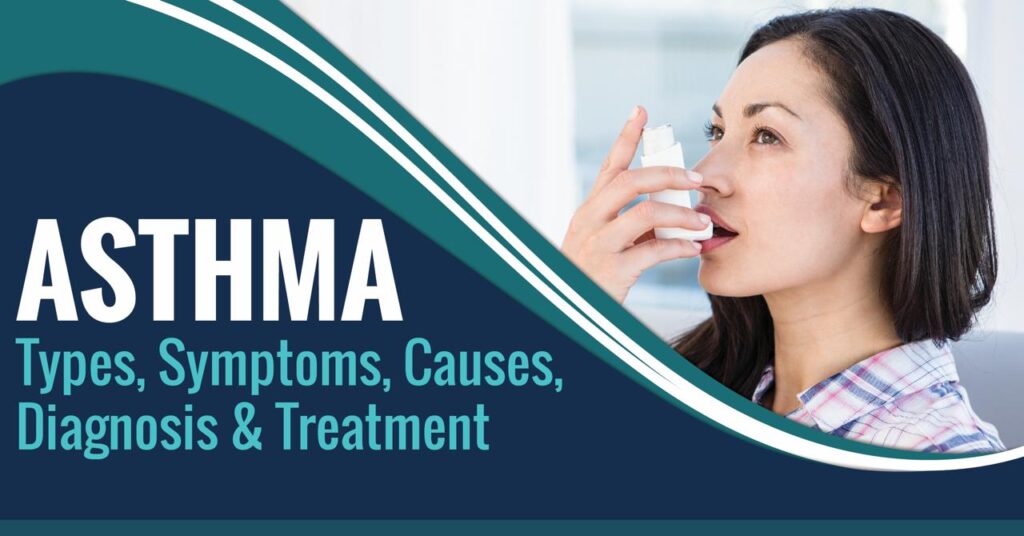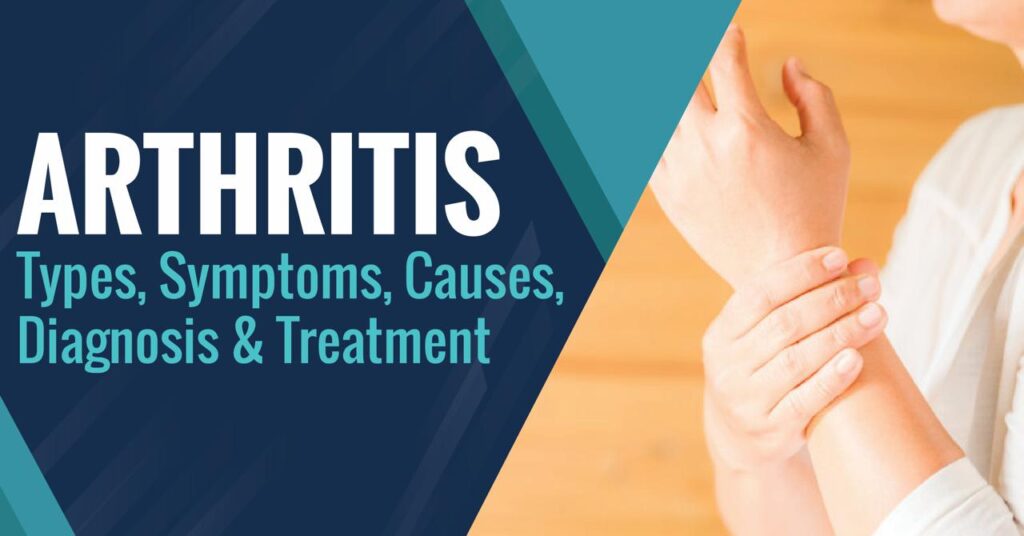Cataracts – Symptoms, Causes, Prevention and Treatment
What are Cataracts?
A Cataract is a cloudy area that is formed on the lens of the eye; it is dense and begins as a result of clumps formed by protein. Seeing through a cloudy lens appears as if you are looking through a frosty window. Cataracts make it difficult to perform daily activities with ease like reading a book, driving a car, etc.
A cataract is known to develop slowly and does not cause any hindrance in normal vision early on. Cataract surgery might be required if it begins to interfere with the vision and makes it difficult to perform normal activities.
Cataracts might occur due to different reasons such as aging or changes in the tissue of the eye lens as a result of injury. It may also take place due to inherited genetic disorders causing health problems and thereby increasing the risk of cataracts.
Some other reasons behind its occurrence include eye conditions, medical conditions including diabetes, and past eye surgery. If someone has been using steroid medications for the long term then it causes cataracts as well.
The lens in which the cataract occurs is present behind the colored part of the eyes known as the iris. Here, the lens works by focusing light that passes into the eye creating sharp and clear images on the retina. The retina is a light-sensitive membrane present in the eye that functions like a camera.
With age, the lens of the eyes becomes less transparent, flexible, and thicker. These age-related and various other medical conditions can lead to the clumping together or break down of tissues present in the lens causing clouding.
With the development of cataracts, the clouding gets denser and spreads across the lens. The light gets scattered and blocked as it passes via lens restricting the reaching of a sharp image to the retina. This causes blurred vision making it difficult for the person to do day-to-day activities with ease.
Types of Cataracts?
There are different types of cataracts, let’s read about which these are.
Congenital Cataract:
When people are born with a cataract, it is termed a congenital cataract. This type of cataract is either genetic or is related to intrauterine trauma or infection. This may also occur as a result of certain conditions comprising of myotonic dystrophy, rubella, or galactosemia. This doesn’t necessarily affect vision if they are diagnosed early and removed.
Nuclear Cataract:
In this type of cataract, the person suffering from it experiences improvement in the eyesight temporarily or nearsightedness. It is known for affecting the center of the eye lens; the vision turns cloudy and the lens turns densely yellow.
You Can Read Also: What Is Atherosclerosis?
With the progression in cataracts, the lens may turn brown from yellow which makes it difficult to distinguish between various shades of color.
Cortical Cataract:
A cortical cataract affects the edges of the eye lens; it begins as whitish with streaks on the outer edge of the lens cortex. With progression, these streaks further extend to the center and interfere with the light that passes from the middle of the eye lens.
Posterior Subcapsular Cataract:
This type of cataract affects the back of the eye lens; it starts as a small and opaque area that forms close to the back of the lens and in the middle of the light path. It not only interferes with the reading vision but also reduces the visibility in bright light.
This cataract may lead to the creation of halos or glares around the light at night time. This cataract is known for progressing faster than the other types of cataracts.
Age-related Cataract:
One of the causes of cataracts may be the occurrence of natural change in the eye lens. This change is generally age-related and therefore termed as an age-related cataract.
This is one of the most common types of cataracts which is more likely to happen to those who smoke, consume alcohol, steroids, have diabetes, have a history of cataracts, or have gone through eye surgeries such as glaucoma surgery.
Radiation Cataract:
Cataract that occurs as a result of radiations such ultraviolet rays from sun or radiation treatment in cancer is known as radiation cataract.
Traumatic Cataract:
If someone has gone through serious eye injuries then there is a possibility that a cataract may develop. It may happen soon after the injury or may happen years after the injury took place.
Secondary Cataract:
Once a person has gone through cataract surgery, there is a possibility that cataracts may occur again in the form of cloudy vision. This is termed a posterior capsule opacification or secondary cataract.
This type of cataract is very common and may be easily cured through laser treatment. During this surgery, the eye lens is replaced with an artificial lens.
Pediatric Cataract:
Children may develop cataracts too which means that they might be born with cataract or may develop it later in life. However, this type of cataract is rare and generally genetic; it may also happen as a result of serious complications at the time of pregnancy or due to some childhood illness such as a tumor.
The other reasons behind its occurrence include exposure to radiation, eye injury, and steroid medications. When the situation worsens, there might arise a requirement for immediate treatment. It is important that cataract in children is treated on time to protect them from other vision problems.
Who is at Risk of Cataracts?
Following factors may increase the risk of cataracts, let’s read what these are – obesity, diabetes, aging, exposure to radiation such as UV rays, family history of cataracts, smoking, eye injury history, high blood pressure, previous eye surgery, intake of steroid medicines.
What are the Symptoms of Cataracts?
The common cataract symptoms generally comprise sensitivity to light, clouded or blurred vision, a requirement for bright light for the purpose of reading and other activities. Yet some other symptoms include difficulty in night vision, seeing halos around lights, double vision, yellowing and fading of colors, and having frequent changes in eyeglass.
Implications of Cataracts?
Eyes help us to see things and live a normal life by engaging in daily chores without much trouble. Any discomfort in our eyes can make it troublesome for us to lead a content and happy life. It can make the performance of day-to-day activities difficult for us creating a huge problem.
A cataract is one of the eye conditions that can make living a normal life difficult. It makes the eye lens cloudy and when not treated on time can lead to blindness. It is one of the main causes of visual impairment. The only treatment for cataracts is surgery in which the clouded lens is replaced with an artificial one.
It has been observed that cataract surgery helps in improving the quality of life by providing better vision and reducing the mortality risk.
How are Cataracts Diagnosed?
Cataract diagnosis is done by a doctor through eye examination which comprises of review of medical history and symptoms. There are several tests that the doctor might conduct to confirm the situation. These tests are as follows.
Slit-lamp Examination:
In this test, the doctor examines the structure of the front part of the eyes through magnification. The microscope used here is called a slit lamp and that is why this test is known as a slit-lamp examination.
This lamp is known as a slit lamp as it utilizes an intense line of light or slit for illuminating the cornea, lens, iris, and the space present between the iris and cornea. This slit helps the doctor in viewing structures in small sections making the detection process easier.
Visual Acuity Test:
This type of test uses the eye chart for measuring your reading capability of letter series. The eyes are tested one at a time; while one eye is being tested, the other remains covered. The chart or viewing device is used with smaller letters in progression. It is checked whether you have 20/20 eyesight or if there is any impairment present.
Retinal Exam:
For this check-up, the doctor puts eye drops in order to dilate or open the pupils wider. This makes it easier for the doctor to examine the back portion of the eyes comprising the retina. A special device known as an ophthalmoscope or a slit lamp is used by the doctor for checking the lens for signs of a cataract.
How are Cataracts Treated?
When the condition worsens, the only treatment left for cataracts is to get the surgery done. To ensure that it is time for surgery, consult with your doctor. Cataract surgery is suggested mostly when it begins to affect the quality of life by making normal activities difficult.
Ultimately, it depends on you and your doctor to decide whether cataract surgery is right for you or not. Mostly, people take their time before making the final leap as there is no rush for surgery. This is because cataract does not harm the eyes, however, in diabetic patients, this situation is likely to worsen faster.
You Can Read Also: What is a CT Scan? Procedure, Risks, and Results
Any delay in cataract treatment does not affect the result of cataract surgery. This means even if you delay the treatment, the result will still be as it would have been had you opted to go for surgery a bit earlier. It is best to be mentally prepared before you undergo this surgery as it will help you in dealing with it in a better way.
Before the treatment, ensure that you understand the risk involved and the benefits that come with the surgery. If you do not wish to undergo the surgery then the doctor might call you for regular check-ups to keep a track of progressing situation.
Cataract treatment through surgery involves the replacement of the clouded lens with a clear artificial one. This artificial lens is known as an intraocular lens which is positioned in place of the natural lens. This artificial lens becomes the permanent part of the eye and helps in the creation of sharp images.
In some people, it might not be possible to use artificial lenses due to the existence of other eye problems. In such conditions, vision may be corrected by using contact lenses or eyeglasses after the cataract is removed.
Cataract surgery is generally performed on an outpatient basis which means that the patient is not required to stay in the hospital. The patient is discharged once the surgery is performed successfully and the doctor permits.
During cataract surgery, local anesthesia is used for numbing the area around the eyes and the patient remains awake during the entire surgical procedure. This surgery is considered safe however, it does carry a risk of infection or bleeding. It also increases the risk of retinal detachment.
Once the surgery is performed successfully, the patient might feel discomfort for a few days. It generally takes around eight weeks for healing to happen. If a patient requires surgery in both eyes then the doctor may remove the cataract from the second eye after the first eye gets treated and healed.
When you visit your doctor, share each and every symptom that has been facing. If you have been on medication or have been going through some sort of medical treatment, share it with the doctor. Clear your doubts and answer all the questions of the doctor correctly as this will help you in providing relevant treatment.
It is best for you to be well prepared before getting the cataract surgery done. You must clarify all the doubts that you have with your doctor before taking the decision. Ensure that you share all the symptoms and health history with your doctor as this will help him in taking the right action. Correct treatment will help you in getting optimum results and speedy recovery.
If you ever experience any discomfort in your eyes, make sure that you consult a good doctor who helps you in curing it. Eyes play a crucial role in our lives; it helps us see and live a normal life. It is our duty and responsibility to take care of it in the best possible manner.
Cataracts – Symptoms, Causes, Prevention and Treatment Read More »


